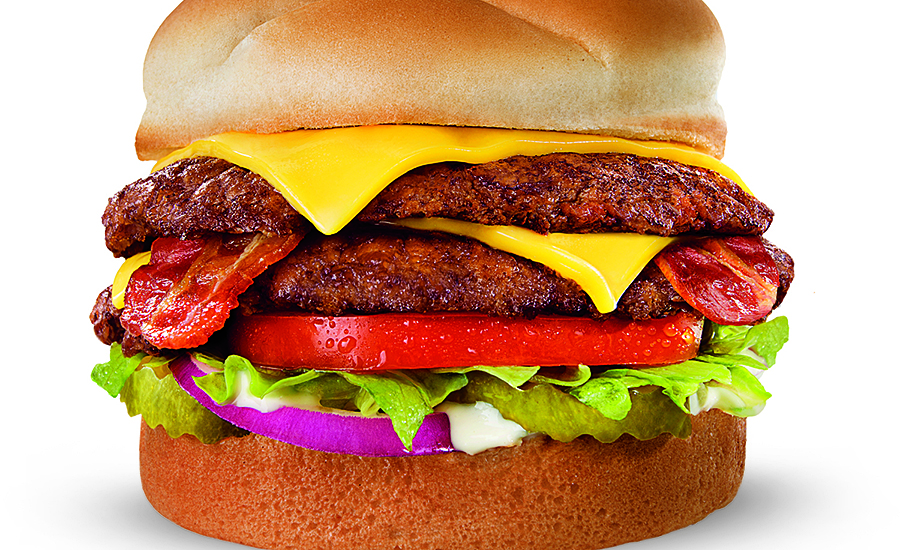Fresh pork sausage is always a favorite. The FSIS standard of identity for fresh pork sausage stipulates a maximum allowable fat content of 50 percent. However, the typical fat content of fresh pork sausage in the
There are many different styles of fresh pork sausage including chubs, patties, links in casings and skinless links. Fresh pork sausage may be manufactured from pre-rigor meat or chilled meat. This article will discuss the use of chilled meats.
Common chilled meats used in the manufacture of fresh sausage include 80/20 boneless pork, 50/50 pork trim and boneless picnics. The objectives in the manufacture of fresh pork sausage are; 1) minimize protein extraction, 2) achieve good distribution of fat/lean and seasonings and 3) achieve good particle definition.
Mixing time is critical in the manufacture of fresh pork sausage. Over-mixing will result in excess protein being extracted, resulting in the product having a rubbery texture after cooking. Often a mixing time of 1 to 2 minutes is adequate. If you mix one batch of fresh pork sausage 2 minutes and the next batch 10 minutes, the two batches will have entirely different textures. It is allowable to add 3 percent water to facilitate mixing. If water is added it must be listed in the ingredient statement.
Seasonings in fresh pork sausage normally include salt, sweetener (sugar, dextrose or corn syrup solids) and spices (ground spices or spice extractives). Typical salt usage is 26 to 28 ounces of salt per 100 pounds of meat. Sweeteners are often used at 4 to12 ounces per 100 pounds of meat. Dextrose and corn syrup solids are simple sugars, so they will brown more readily than sugar (sucrose), a complex sugar. Spices frequently include black pepper, red pepper and sage. Sometimes white pepper and ginger are also used in fresh pork sausage seasonings.
Antioxidants can be used in fresh pork sausage to inhibit the development of oxidative rancidity (off flavor in the fat). The common antioxidants used are BHA (butylated hydroxyanisole), BHT (butylated hydroxytoluene) and propyl gallate. These are restricted ingredients allowed at 0.01 percent of the fat content individually or 0.02 percent in combination.
The two most common manufacturing systems are single grind and double grind. The single-grind system is the easiest; however, it has two disadvantages. First, when a single grind is used, often the connective tissue and gristle are not adequately cut and thus are readily detectable in the finished product. Second, a single-grind system often does not yield good particle definition, because mixing takes place after grinding.
When using a dual-grind system first coarse grind the meat (3/4 inch or 1/2 inch), then transfer to a mixer. While mixing, add seasonings and water (if used). After mixing, grind through a fine plate (3/16 inch or 5/32 inch). A double-grind system will yield good particle definition since you have no smearing during mixing after the final grind. For maximum particle definition meats should be cold (32 to 35°F) prior to grinding.
Remember: The Number 1 way to generate repeat sales is to have a consistent product.


Report Abusive Comment